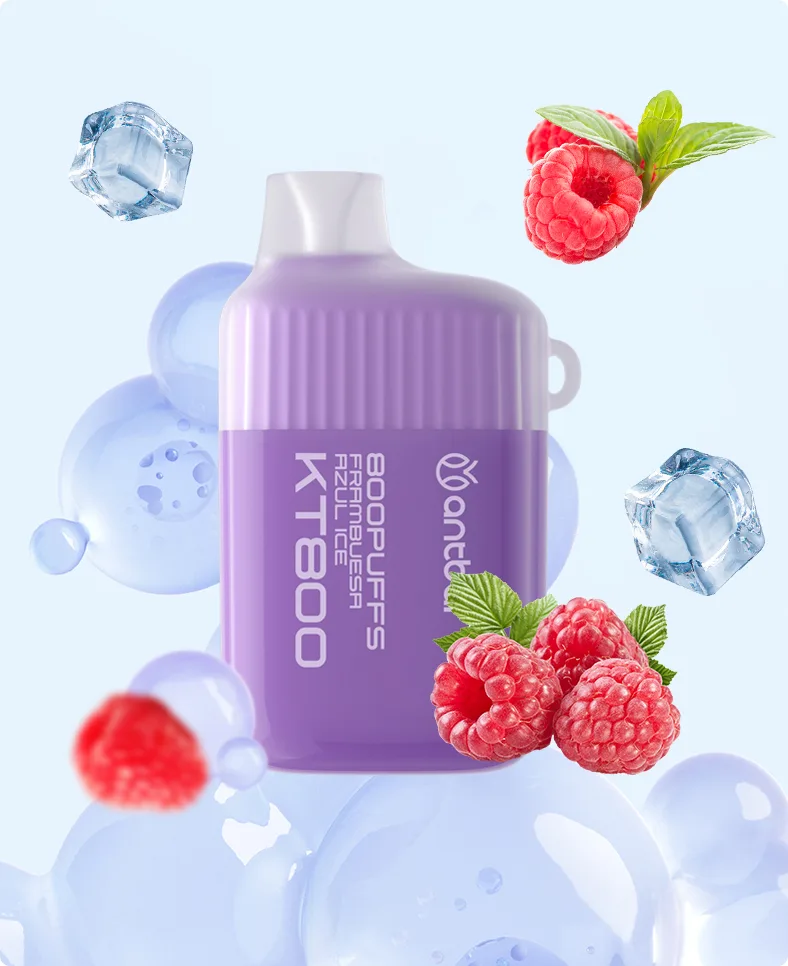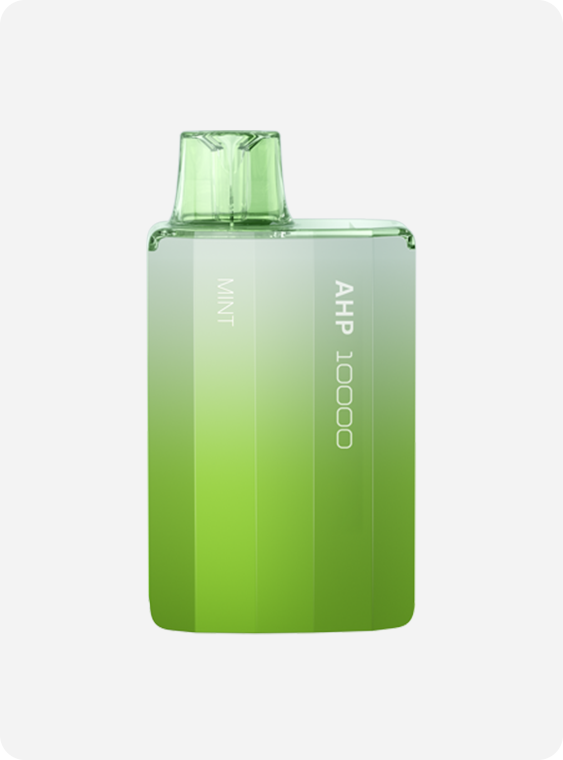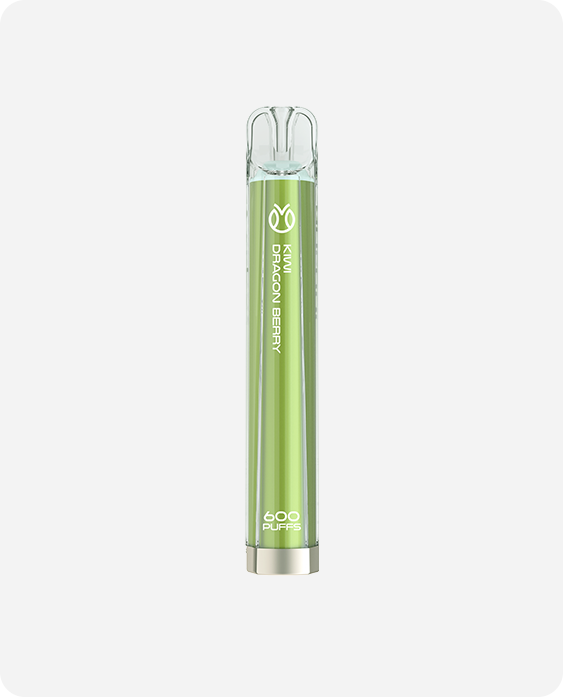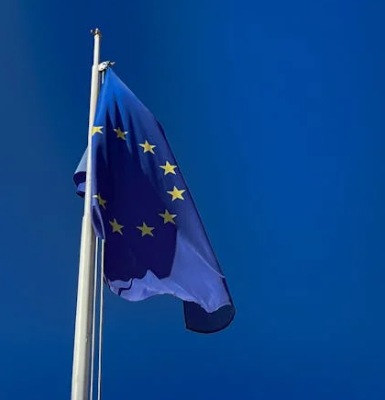
The European Union, with the longest history of development and the most mature market in the field of e-cigarettes, has always keep a tolerant and open attitude towards e-cigarettes. However, series of pollution problems created by e-cigarettes, the environment and potential threats to youth health being exposed that make the EU shifting its attitude.
According to the latest news, the European Commission approved Belgium’s legislative proposal on March 18, which means that Belgium will become the first EU member state to ban disposable e-cigarettes.
The Belgian government made such a decision based on that attractiveness and affordable price of disposable e-cigarette products to minors, which poses health risks to young people such as addiction, impaired brain development, and overdose, and creates a serious waste of resources and environmental pollution.
The ban, expected to take effect in 2025, is not only a response to the current surge in disposable e-cigarette sales, but also Belgium’s federal strategies for a smoke-free generation, which aim to reduce the proportion of smokers at the age of 15 to 24 by 6 percent or less. Notably, the ban will apply to nicotine-free products, although there is no EC mandate in this regard.
Belgium received the approval of disposable ban from the European Commission as a demonstration effect on other member states, which in turn can encourage them to consider this action as an effective means of addressing youth abuse and environmental concerns. In addition, it may also pave the way for a broader ban on disposable e-cigarettes in the upcoming third revision of the EU’s Tobacco Products Directive (TPD3). The future direction of EU policy on e-cigarettes remains uncertainty and deserves continued attention.
In light of the current changes in e-cigarette policy in EU member states, you may wonder the specific policy and regulations for tobacco products and related products (e-cigarettes) are among EU member states. In fact, the EU’s policies and regulations on e-cigarettes and other tobacco products are constantly evolving and improving. Take a look!

Requirements of European Union’s policies and regulations on e-cigarettes
European e-cigarette import policy and testing and certification requirements cover four aspects, three of which are mandatory policies and regulations, while the other is a non-mandatory policies and regulations.
1. Non-mandatory testing
What is REACH certification?
REACH, or “Registration, Evaluation, Authorisation and Restriction of Chemicals”, is a comprehensive European Union regulation aimed at managing the registration, evaluation, authorization and restriction of chemicals. Unlike RoHS, REACH has a broader scope of control, covering a wider range of chemicals and restrictions on their use. The European Chemicals Agency (ECHA) is responsible for issuing REACH certificates, which contains a unique REACH registration number and certify that the product meets the requirements of the regulation.
The importance of the REACH certificate is that provides consumers with transparent information about the chemical composition of a product. As consumers are more concerned about product safety and environmental protection, this certificate clearly informs the user which substances and chemicals are used in the product they are purchasing and how safe or potentially risky these substances are. Through this certificate, customers can be more confident in choosing and using products that comply with the requirements of the European Union REACH regulation, thus protecting their own rights and interests.
The main contents of REACH
Wide scope of application:
REACH applies to all chemical substances, including those used in industrial production, and some everyday products (e.g. chemical products, clothing, toys, electrical appliances, etc.).
The manufacturers of printed circuit boards are also subject to the regulation, which requires them to coordination with suppliers ensuring the composition of chemical substances used in the manufacturing of products to obtain REACH certification.
Clear registration thresholds:
Under REACH, any chemical substance produced in quantities exceeding 1 ton per year needs to be registered.
During the registration process, these substances will be subjected to rigorous inspections for Substances of Very High Concern (SVHC) and substances on the REACH Restricted Substances List (RSL) to ensure their compliance with the regulatory requirements.
Upon completion of the registration and inspection, companies will receive the specific certification demonstrating that their products comply with the EU REACH regulation.
Burden Sharing Mechanism:
REACH places the burden of proof on companies to proactively identify and manage the risks associated with substances produced and sold in the EU.
This mechanism was set up for companies taking responsible for the safety and compliance of their products, protecting consumers and the environment from potential hazards.
Note: REACH emphasizes the use of safe methods that do not harm animals and the environment in the substance hazard assessment process.
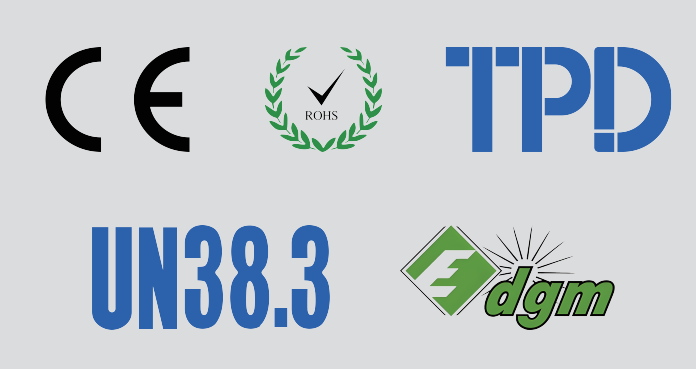
2. Mandatory standards
What is CE marking?
CE marking, or “Conformite Europeene” mark, is an essential safety certification for the European market. Any products intend to enter the European market, it must be certified and labeled with the CE mark, which can be regarded as the free pass for manufacturer to the European market. Once a product is given the CE marking, it can be sold freely in each member state of the EU and no need to meet the specific requirements of each member state, completely realizing free trade and free movement within the EU.
For the EU market, the CE marking is not just a recommended certification, but a mandatory requirement. Both products produced within the EU and imported products from other countries need to be CE marked to ensure free circulation in the EU market. This certification proves that the product meets the basic requirements of the EU Directive New Approaches to Technical Harmonization and Standardization and is a mandatory requirement for products under EU law.
Information required for CE certification
General description of the product and Information about how to operate the product.
Reports of the tests of safety of electronic components.
Technical document describe the basic technical parameters of the product.
Electrical schematic diagram of the product, depicting the circuit structure of the product.
A description of the components of the product and ingredients list.
A copy of the certification of the whole machine or components, proving compliance with relevant standards.
Other safety qualification information, not limited to quality qualification certificates.
CE certification process
(1) IDENTIFY THE APPLICABLE DIRECTIVE(S): Make sure the product should compliance with the specific EU directives and harmonized standards, these directives and standards specify the basic requirements and technical details of the product.
(2)Selection of certification mode: Choose the most suitable mode from a variety of CE certification modes according to the product characteristics and manufacturer’s needs. These models cover different levels from self-declaration to total quality assurance.
The certification modes can be categorized into the following 8 basic modes.
Mode A: Internal production control (self-declaration)
Mode B: Product Quality Assurance
Mode C: Conformity to type
Mode D: Product Verification
Mode E: Production Quality Assurance
Mode F:EC Type examination
Mode G:Unit Verification
Mode H:Full Quality Assurance
(3)Selection of Laboratory or Organization: Identify whether need an authorised third party for product assessments based on the selected certification model. As EU Directive specifies the scope of products required to a third party Inspection Agency for the CE certificate. These Notified Bodies are duly authorized by the European Commission and their details can be found in the NANDO (New Approach Directive Notified Bodies and Notified Organizations) archives. Therefore, it is key to ensure that selects a certification route that meets the requirements of the Directive and choose an authorized laboratory that has successful CE marking.
(3)Product testing and review: Conduct the necessary tests on the product in compliance with EU regulations and standards. At the same time, establish a conformity assessment system for proof of the , including risk assessment, is established to demonstrate that the product meets the essential requirements.
(4)Preparation of technical documents: Manufacturers need to prepare and keep the technical documents of the products if file according to the requirements of the Directive, which are the important basis for proving the conformity of the products.
(5)Affix CE marking and declaration: Apply CE marking on the product and sign the EC Declaration of Conformity to prove that the product has met the requirements for CE marking. If the notified body is involved in the certification, the CE marking should contain its notification number.

What is the TPD Directive?
TPD: Tobacco Products Directive is an EU regulation on tobacco and related products (including e-cigarettes).
The purpose is to regulate and supervise the manufacture, sale, and display of products, from product design to packaging and other details. Compliance with the TPD Directive is an indispensable and mandatory standard for e-cigarette products that are planned to be exported to the EU market.
Since 2016, most EU member states have regulated e-cigarettes and related products under Chapter 20 of the TPD. Although the TPD is for the smooth flow of tobacco products in the international market, its deeper goal is to reduce the attractiveness of tobacco products through a series of provisions, thereby realizing higher protection for human health. This directive not only reflects the EU’s intention to regulate the market for tobacco products but also demonstrates its deep concern for the rights and interests of public health.
The requirement of notification under TPD :
(1) Declaration of product quality and safety: Designed to establish a solid cornerstone of trust for users and a sign of our respect for their rights and interests.
(2) List of product ingredients and released content: Provides member states and the Commission with key information for assessing the attractiveness of tobacco products, reveals the addictive and toxic properties of the product, and enables users to have a comprehensive understanding of the product’s ingredients.
(3) Toxicological data: An important document for assessing the impact of a product on human health, allowing users to make more informed choices by being more aware of the possible risks posed by the product.
(4) Manufacturer’s details, including name and contact information: The product’s identification, so that users can get in touch with the manufacturer at any time to inquire about product information.
(5) Description of the product composition and production process: Revealing the production process and construction of the product, facilitating the user to understand the product more deeply to use it with greater confidence.
(6) Information on nicotine dose intake: The limit of nicotine concentration not exceeding 20 mg/mL must be clearly labeled. This concentration is designed to ensure that the user takes the same nicotine dose comparable to a standard cigarette during smoking, and limiting the risks associated with nicotine. To protect users’ health, maximum sizes of refill containers, tanks, and cartridges are also set to further control nicotine intake.
(7) Clear health warnings: It is emphasized that product labeling and packaging should contain adequate and appropriate information on safe use, avoiding any elements or features that may mislead the user.
It is aware that although the TPD, as a protective EU regulation, sets minimum standards for member states, each member state also has its own local regulations. Therefore, we should meet the TPD requirements and need to pay close attention to country-specific regulations to ensure that our products are marketed globally compliant.
The TPD regulations on volume of electronic liquid, reservoirs,and cartridges and nicotine content are as follows
(1) Maximum volume of e-cigarettes and refillable containers:
Nicotine-containing electronic liquidl shall be placed in dedicated refill containers not exceeding a volume of 10 ml. In disposable e-cigarettes or single-use cartridges, the upper limit of the volume of cartridges or reservoirs shall be 2mL.
(2) The nicotine content in the electronic cigarette liquid should be controlled within 20 mg/ml to avoid an overdose of nicotine.
Preparation of documents before registration of TPD for e-cigarettes
(1) Provide instructions for the use of refillable atomizers to facilitate the correct operation of the user.
(2) Prepare detailed production process documents to show the production process of e-cigarettes.
(3) Consistency test method for nicotine release to ensure the stability of product quality.
(4) Submit the release test report to prove the safety when the product was used.
Overview of the EU TPD registration process
(1) Visit the EU TPD Directive’s Electronic Cigarette Authentication (ECAS) registration website:
https://webgate.ec.europa.eu/cas/eim/external/register.cgi to start the registration process.
(2) Apply for a Submitter ID, which serves as a unique identifier during the registration process.
(3) Fill out the relevant form, which is expected to take about 10 working days for application.
(4) Upon completion of the registration, notify the administrator via email that the ID registration was successful and attach the ECAS and Submitter ID information.
(5) After successful registration, log in to your account to access the information platform (EU-CEG), fill in the relevant information, upload the required attachments, and select different countries to submit the information as needed.
What is RoHS?
RoHS, or “Restriction of the Use of Certain Hazardous Substances in Electrical and Electronic Equipment”, has been in effect since July 1, 2006, and it explicitly requires the restriction of the use of ten hazardous substances in electronic products, including lead, mercury, cadmium, hexavalent chromium, polybrominated biphenyls (PBBs), polybrominated diphenyl ethers (PBDEs), and four phthalate ester compounds. Among them, the content of cadmium is strictly limited to less than 0.01%, and the content of the rest of the substances is less than 0.1%. RoHS certification is a mandatory standard set by the EU legislation, and all electrical and electronic products exported to the EU must pass the RoHS test to ensure that the products are free of hazardous substances, and to safeguard the consumer’s health and environmental safety.
The official website of the RoHS Certification Center provides detailed certification information and guidance for companies and individuals to understand and follow the relevant standards.
Are there any products or exceptions that do not require RoHS certification?
It is important to note that RoHS certification is mandatory; except some specific product categories and applications, such as military, industrial, scientific, renewable energy, and medical devices, currently enjoy exemptions.
(1) Cables and cords:
Primarily used for power and signal transmission. In order to guarantee the stability and reliability of electrical connections and electrical performance, special materials would be used, such as lead and cadmium.
(2) Transformers and inductors:
Used as a key part of electrical equipment to adjust voltage and current.
To ensure stable performance, specific hazardous substances would be contained in electrical materials.
(3) Power switches and circuit breakers:
The accessories usually operate in high-current and high-voltage environments. Only using special electrical components and materials can meet these conditions.
In addition, some equipment placed on the market before July 1, 2006, is also usually exempted from RoHS, but the new equipment shall comply with the RoHS certificate.
Certification Process
Application stage: The customer contacts the certification body to obtain information about RoHS certification.
Review Phase: The certification body reviews the applicant’s information, determines the audit team, and appoints the executive.
Initial Audit: The certification authority reviews the client’s management system documentation, evaluates the location conditions, prepares the second stage audit, and collects the necessary information. After that, compile a report and follow-up plans.
Second Audit: The certification authority supervises the applicants’ management system standards, monitors performance, and demonstrates legal compliance and operational control. Surveillance audits are conducted at least once a year to ensure that the management system continues to be consistent and meets standard requirements.
Continuous Surveillance Audit: A surveillance audit is an on-site audit conducted at least once a year to ensure that the management system continues to be maintained, changes are made to comply with the standard, and continuous improvement is assessed.
Please visit the official website of the RoHS Certification Center: rohscertification.co.in for specific application steps.






